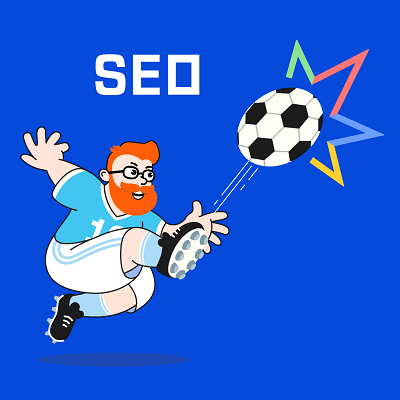
What is SEO, how does it work, history of its emergence and development
SEO is something unknown to many inexperienced users. Nevertheless, this tool, with the right approach, allows you to make your business successful and attract the attention of users.
SEO – what it is and how it appeared
SEO is the optimization of a website according to the search engines. In simple terms, when a person enters the query “best hoovers”, he gets a lot of links to sites that match those queries. However, it only goes to a few of the first ones in the output. The task of each site owner is to adjust everything so that his resource was in the top 10 of the output.
To do this, the page will have to be properly designed, quality content will have to be added, Title, Description and other important things will have to be created. Thus, SEO is a series of actions that make a website more attractive and relevant to users.
The beginnings of SEO
Only in 1993 were the first basic search engines, of which Yahoo is the only one known today. Before that, you had to manually enter a website’s address into the search bar. But even after 1993, SEO was underdeveloped. Search engines were primitive and did not meet the needs of users. However, there were no other options and one had to carefully select words in a search to find the right site.

The main stages of development of SEO
Know all this is necessary to avoid mistakes in SEO-promotion. After all, outdated techniques can be detrimental to websites. In the process of development of SEO several phenomena known to many now appeared:
- Overspam. This is the name of the texts in which there are a lot of key words. As a result, the sentence is impossible to read and the site does not solve the problems of users.
- Doorway. This is the name of the resources, the sole purpose of which is to redirect users to priority sites.
- Cloaking. In reality, the website does not contain the information that is requested in the search engine.
All of these phenomena are ‘blacklisted’ and have been dealt with in earnest over time. As a result, search engines improved and the approach to SEO changed.
In 1998, PageRank was launched. This algorithm additionally evaluated links to the site on other resources. But this led to massive buying of links and link spam. Then in 2003 the Cassandra algorithm was developed. He learned to downgrade sites with hidden keywords. A year later came Austin. This algorithm became even tougher to combat overspam.
Then in 2011 and 2012, Google launched new algorithms. They allow for better SEO search results. Low-quality resources are simply excluded from search results. Already in 2015, the search results became better. This was achieved thanks to algorithms that strictly track overspam, low-quality links and over-optimised texts.
SEO now
Search engines now take into account several key factors:
- Commercial. This factor is very important. It affects how likely a user is to click on a link and make a purchase.
- Ymyl and E-A-T. Terms referring to sites with medical content and those that affect important components of human life. Usually, search engines have higher requirements for such resources.
In fact, to understand SEO is not difficult, if you know the basic features of the algorithms. After all, they are constantly changing and this must be taken into account. At the same time, knowing the intricacies of optimisation will allow you to successfully promote websites and services.
